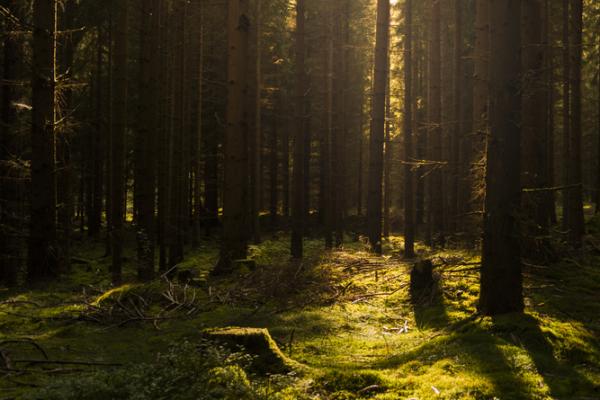Oct 4, 2017
The cutting continues. After the guys finish work each day, I head back again to count the latest stacked corpses, to mentally note the variety of species, and to take whatever new trails have been made or extended farther up into the hills. What’s left in the wake of dozers are sad slouching stumps, arched, splintered, cracked, and damaged younger trees, tossed crowns in a sea of light green, the undersides of millions of leaves. A few giants on the steepest hillsides have toppled over at their bases, leaving entire root systems sticking straight up with massive cavities beneath them. It’s as if they’ve collapsed in grief from the loss of loved ones. The solistalgia brings me down, too.
Read the Full Article

Already a subscriber? Login
